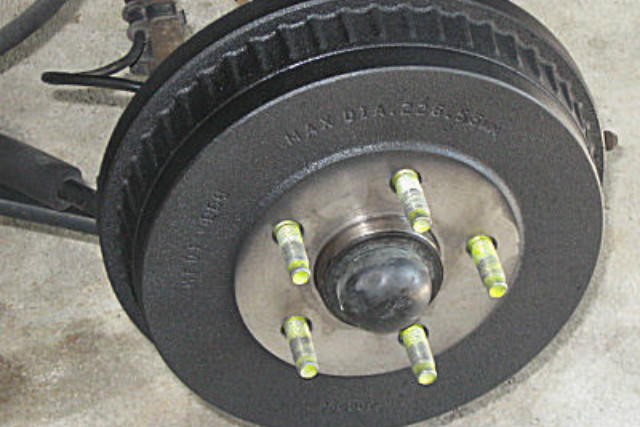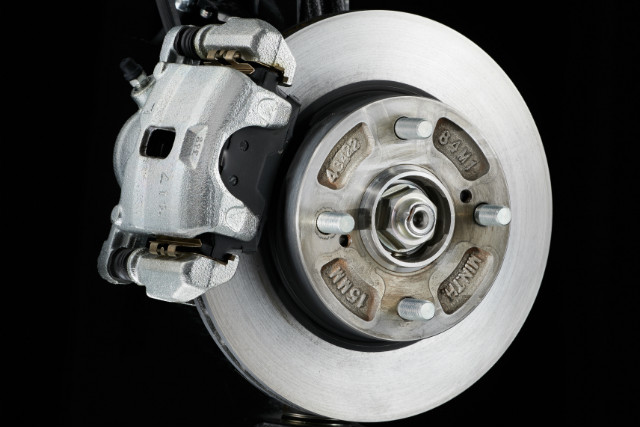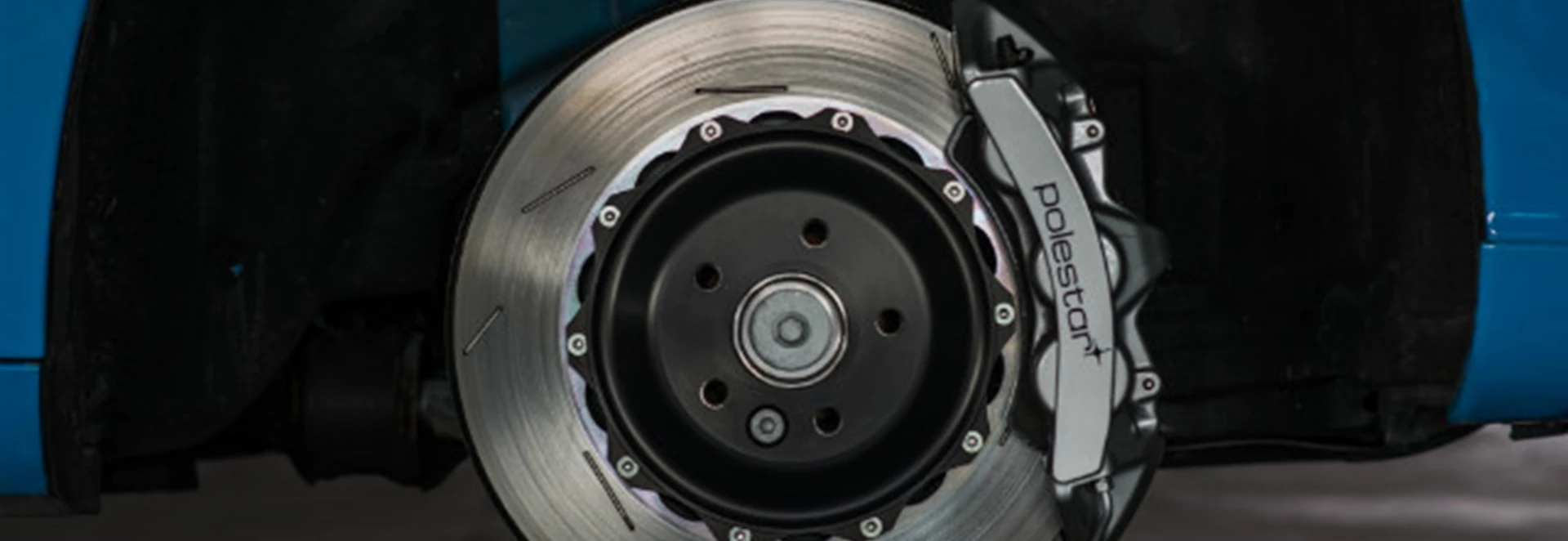Even if you don’t know much about brakes, you probably already know that there are two types of brakes that have been used in cars – disc brakes and drum brakes.
Before the 1970s, drum brakes were the norm for cars, but since then disc brakes have risen in popularity to the point where they are now the more commonly used type.
In this guide we explain how these two types of brakes work and why disc brakes are much more popular.
Drum brakes

Drum brakes are named as such because the components are housed in a round drum that rotates with the wheel.
The way these drum brakes work is that when they’re applied, two curved brake shoes, which have a friction material lining, are forced by the hydraulic wheel cylinders against the inner surface of a rotating brake drum. This contact produces friction which leads to the car slowing down or stopping.
While this design works effectively in most circumstances, drum brakes can struggle in high braking conditions, like when going down a steep hill, as they’ll often fade due to the amount of heat that’ll build up within the drum.
Although it’s common to see modern cars use disc brakes only for all four wheels, some new cars do opt for drum brakes for the rear wheels.
Disc brakes

Disc brakes comprise of a rotating disc, brake calliper and brake pads and when the brake pedal is applied, the brake pad friction material pushes against the rotating disc, slowing or stopping the car.
A key advantage disc brakes have over drum brakes is that the rotor used in disc brakes is fully exposed to outside air. This exposure helps to keep the brakes cool and they are much less likely to overheat and fade than drum brakes.
As mentioned earlier though, some modern cars still use drum brakes for the rear of the car, and this isn’t necessarily just for cost-saving either. Drum brakes on the rear tend to undergo less stress than if they were on the front wheels and the quality of drum brakes produced by manufacturers nowadays is much higher than what was offered decades ago.
A full set of disc brakes is most warranted on performance-focused cars like coupes, convertibles and hot hatches.




